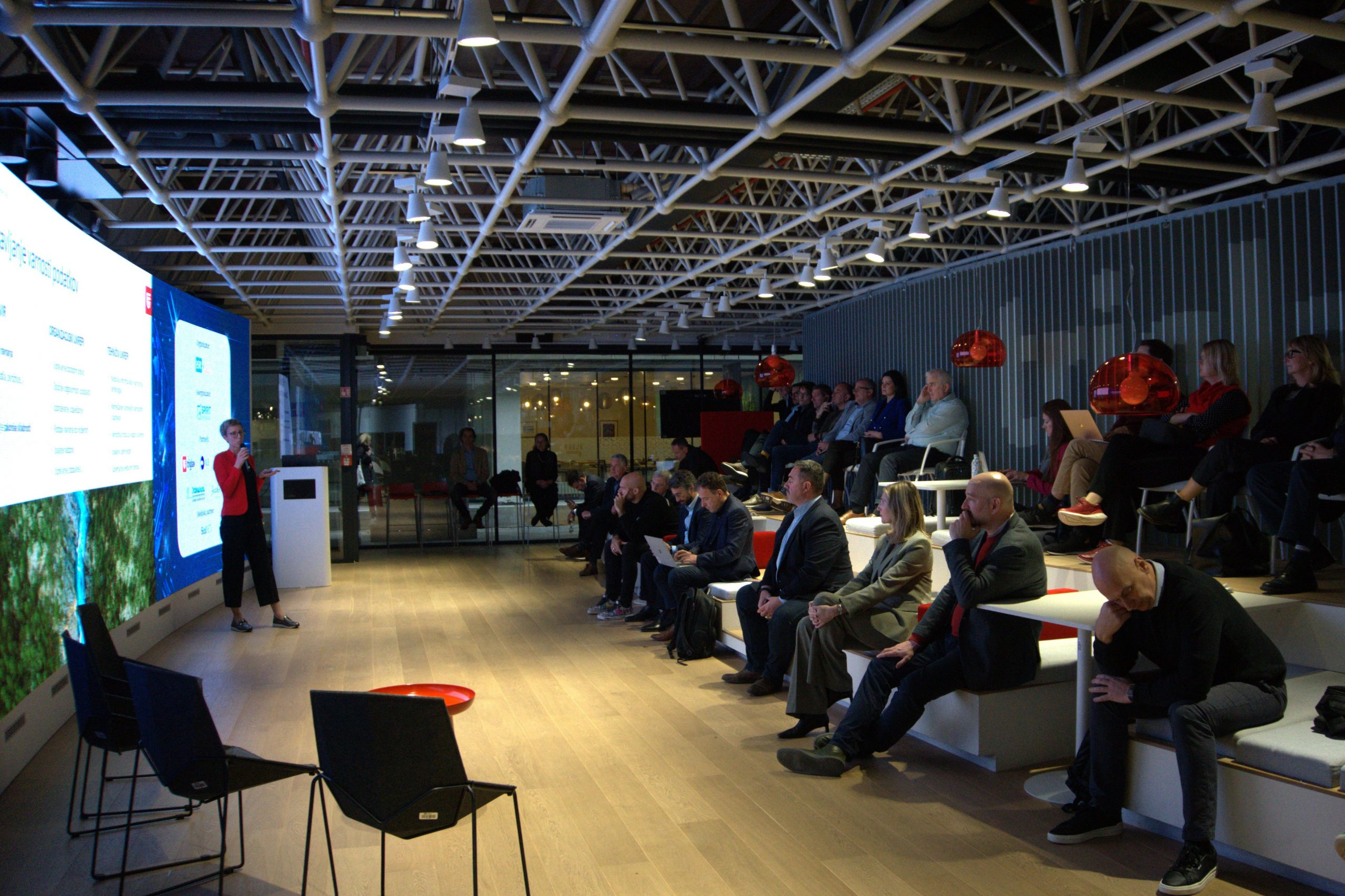Local food
A Plot of Your Own
Špela Bizjak
JOURNALIST AT THE ADRIATIC
Food self-sufficiency matters for the development of regions and countries. Organically-grown food has become a privilege.
Self-sufficiency can be considered a part of our daily routine, and a step towards a better life – one in which we take full responsibility for what we do. Moreover, self-sufficiency can bring us joy in our own productivity. Our farming ancestors ate what they could produce. Looking back in history, people were self-sufficient in water, food, and energy. Those who were not became extinct. So, it appears there still exists a very strong link between self-sufficiency and survival, despite all the opportunities created by global trade.
With an ever-faster pace of life, we demand to have everything at our fingertips, including – it goes without saying – fresh fruits and vegetables on supermarket shelves. At a time of COVID-19, everybody is thinking about people they care about. These should also include all those farmers who actually grow the food that lands on our plate, and all those involved in food processing and supply chains.
Farmers’ and bourgeois cuisine
While Slovenian towns were early hubs of trade and well-stocked with varied provisions, in the countryside, they only ate what they produced themselves. They cooked and baked on open fireplaces or in bread ovens. Cereals (wheat, millet, oats, rye, buckwheat, and, later, corn) served as staple foods. Cabbage and turnips were the most common crops while lentils and beans were the least.
Meat consumption in Slovenia decreased significantly in the 18th century. Potatoes began to be cultivated in the middle of the 19th century (after the great hunger of the 18th and 19th centuries). As for the rural population, their daily diet was a repetitive pattern weaved out of porridge, bread, milk, cabbage, and turnips. It was different during holidays, though, when they would eat stronger dishes seasoned with cured pork, and other delicacies enjoyed to this day. The oldest known recipes for a Slovenian dish are from 1589, from the court kitchen of Charles II. Apparently, the emperor was fond of the Carniolan cheese soup and of Carniolan štruklji with tarragon filling.
Food without packaging waste
Normally, there was no food-related waste in history. Townsfolk usually went shopping on the local marketplace with a wicker basket and carried canvas bags on them. But in the countryside, they had much less time for food preparation than in the city. On farms, housewives often had to join in working the fields, especially in summer, which is one of the main reasons why bourgeois and peasant menus were so different. Farmers served better meals only when they wanted to show off hospitality in front of guest.
The oldest known recipes for a Slovenian dish are from 1589, from the court kitchen of Charles II. Apparently, the emperor was fond of the Carniolan cheese soup and of Carniolan štruklji with tarragon filling.
The rising importance of local food
Even though many local traditions of self-sufficiency appear to be waning in today’s food production, a few cases to the contrary deserve to be emphasised. Say, Mercator, one of the region’s most important retailers of fast-moving consumer goods. Mercator’s primary mission has always been to offer consumers what they wanted and needed. Most customers want local offerings, home-made products that they know and trust. Locally made food has an important place in Mercator. This is why the retailer also encourages smaller producers and family farms to develop products with high added-value for customers.
Initial cooperation with smaller suppliers was so successful that Mercator has recently added another 60 products to an existing offering of 1,400 under the umbrella brand Radi imamo domače (“We love the local”). The product lines covers everything from milk and dairy products, meat, home-made juices and syrups, sweet snacks, mill products, jams, and honey, and is available on the shelves of more than 250 Mercator stores across Slovenia.
With a diverse and reliable offering of Radi imamo domače products, Mercator wants to increase both the standing of the joint brand and the position of smaller manufacturers. Above all, they want to reach even more customers who prefer to buy local.
THE ADRIATIC
This article was originally published in The Adriatic: Strategic Foresight 2022
If you want a copy, please contact us at info@adriaticjournal.com.










